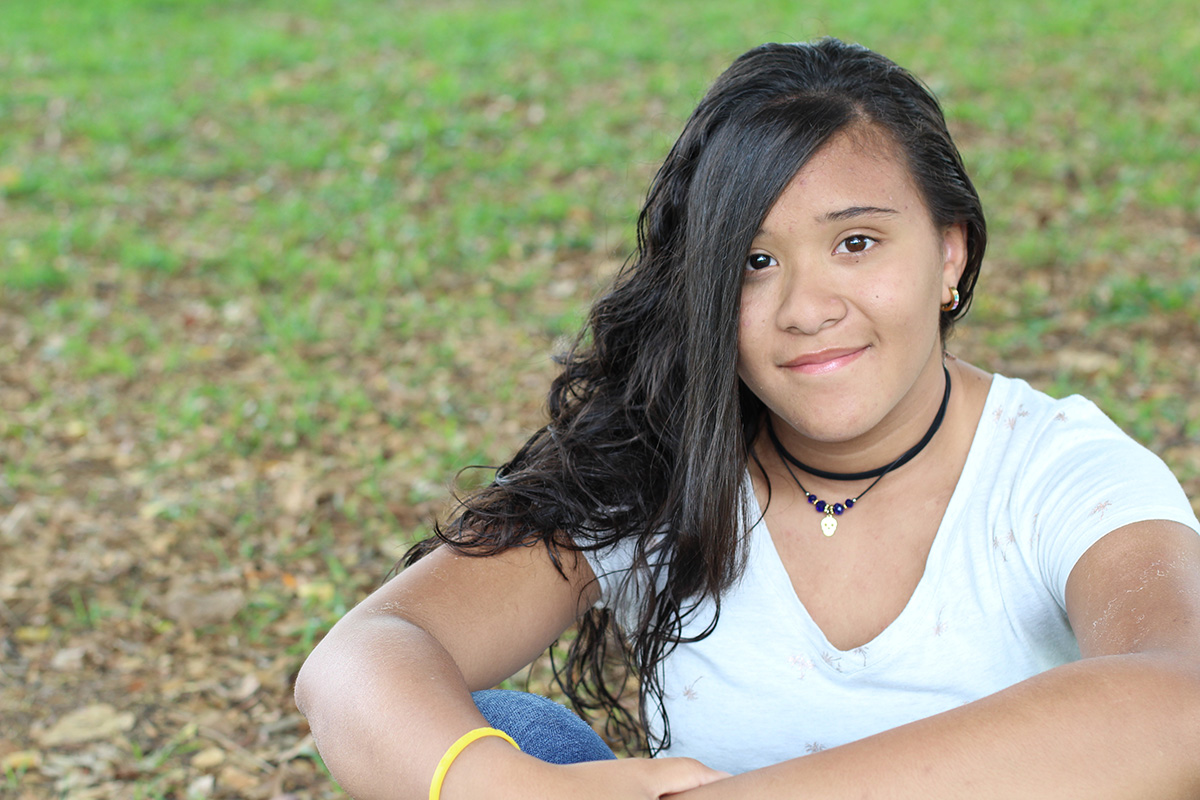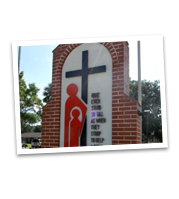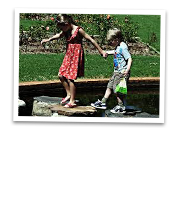Blog
Trauma-Informed Care
Posted on March 30, 2022

At the Florida United Methodist Children’s Home, we have been following a trauma-informed approach to the care of our youth for years. Though this sounds really good, many might ask, “Exactly what does that mean?” Simply put, trauma-informed care shifts the focus of the care from “What’s wrong with you?” to “What happened to you?” It includes the understanding that a health care organization and care teams need to have a complete picture of the child’s life situation – both past and present – in order to create an effective care plan. It includes a thorough understanding of trauma itself and how the child perceives it. According to Diahann Suchann, Vice President of Residential Services at the Children’s Home, “Trauma can be defined as an event or series of events that interferes with their ability to cope on a day to day basis.” At the Children’s Home, treatment is individualized to the needs of each child based on their respective trauma.
Traumatic incidents are widespread and probably more common than most people think. According to CDC statistics on abuse and violence in the United States, one in four children experience some sort of maltreatment (physical, sexual, or emotional abuse). In adopting a trauma-informed approach to care we can improve the effectiveness of our engagement with those children, increase adherence to the care plan, and improve outcomes. It can also help reduce avoidable care and excess cost by focusing on what is actually needed for each child.
Being trauma-informed goes beyond the care plan itself. It is something that has to be adopted at both the clinical and organizational levels to be effective. Too frequently, providers try to implement trauma-informed care at the clinical level without the necessary broad organizational change in culture that is necessary to sustain it. At the Children’s Home, all staff who interact with the children are trained in trauma-informed care and supported through continuing education. “A trauma-informed therapeutic environment isn’t just about sitting in a room for forty-five minutes and having a discussion with a therapist. It’s about every single interaction with every staff member on our campus,” says Rebekah Best, Child & Family Therapist at the Children’s Home who is also a Certified Clinical Trauma Professional. “We focus on walking side-by-side with the children and not sitting across from them in a sterile environment. Therapy sessions are usually done outdoors somewhere around our beautiful campus.”
In helping a traumatized child, the first thing that needs to be established is trust. This could be the trust between the child and their therapist, but would also include trust between the child and their houseparent, teachers, and other staff they work with at the Children’s Home. This simply reinforces the need for trauma-informed care to be implemented at the organizational level as well as clinical level to be a success. And rebuilding that trust can be a slow process. “When a child’s trust has been repeatedly broken by adults, it takes them some time to return to a point where they can trust again,” says Best.
Through trauma-informed care we are often able to rebuild that trust and provide the child with the coping skills they can use to heal. We frequently see children make considerable improvement in their interpersonal and social skills as well as their academics. A big part of that from the child’s perspective is simply knowing they’re safe. We see many of our youth make considerable strides in their trauma recovery and go on to have successful careers and families of their own.
You can learn more about trauma-informed care at the Children’s Home first hand from Rebekah Best, Child and Family Therapist by watching these short videos – Therapy That Fits and How Therapy Helps The Children.













